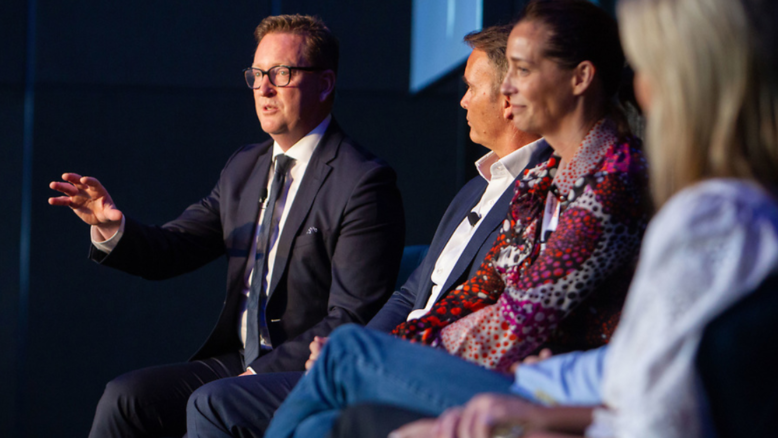Virtual Oz: ‘The biggest change in television since black and white moved to colour’

Virtual Oz: ‘The biggest change in television since black and white moved to colour’

Nine’s Chief Sales Officer, Michael Stephenson, has labelled OzTAM’s Virtual Oz (VOZ) the biggest change to the television landscape since TV moved from black and white to colour.
Speaking on a panel at the Future TV Advertising Forum in Sydney last week, Stephenson argued that the groundbreaking innovation, which seeks to give marketers and agencies one total TV audience figure across linear television and digital broadcast video on demand (BVOD), will be transformative.
“I fundamentally believe that Virtual Oz is the most significant change and development in television since we went from black and white to colour,” said Stephenson. “It’s a big call, but I believe that to be true.”
In an ever-evolving media landscape, Stephenson noted the impact of data and technology, combined with unique content, in making television advertising more powerful and effective.
“Whether that’s I’m a Celebrity, MKR, or you’re talking about Ines and Bronson in Married at First Sight, people are talking about this stuff and that’s good for brands.”
OzTAM announced last year that it was working on VOZ, an integrated database that provides cross-device reach frequency and is set to launch in 2020.
Fellow panel member, OMG’s Chief Investment Officer, Kristiaan Kroon, agreed that it was an important innovation and also noted how the Australia television industry has worked hard to improve the digital experience for consumers.
“TV networks have invested in technology and they’ve got much better consumer experiences,” Kroon said. “The digital part of what Seven, Nine and Ten, etcetera offer shows where the audience is going. It continues to tap into consumers and the core of TV and all those wonderful things it does.
“Digital stories have grown and Australian TV networks deserve a lot of credit. They’ve invested a lot of money in VOZ, but if you look at other (media) channels, they have big paradigms talking about measuring because there’s nothing new there. There’s nothing that underpins the evolution they’re going through.”
Stephenson also argued that the future of television is already here for Australia in many ways.
“We are the first country in the world to measure cross-media reach frequency. We have this as an asset and I’m incredibly proud to be a part of that because we are leading the way,” he said.






